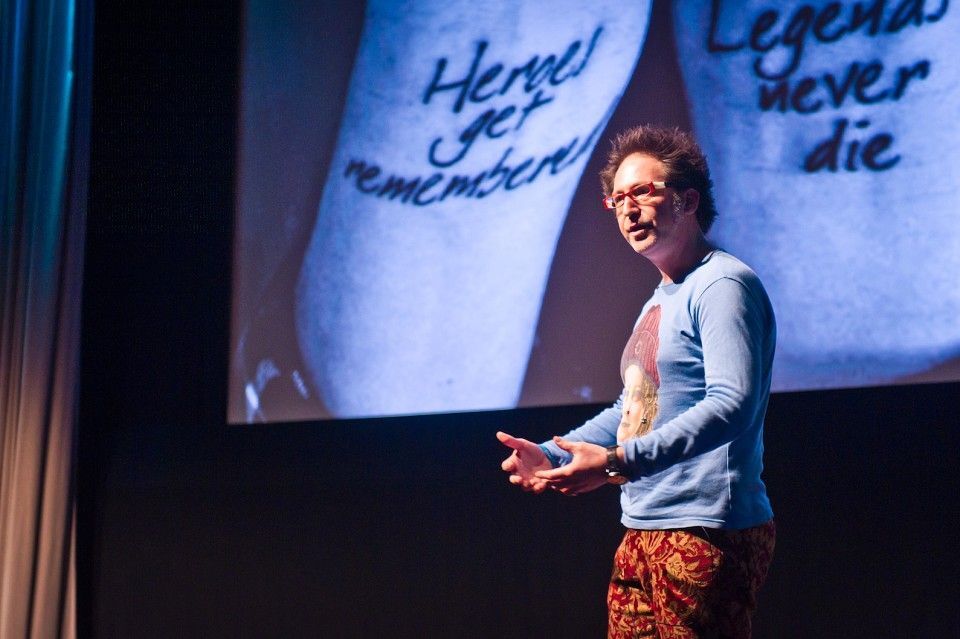
A.I & Punishment – By @oliverdfinel
By Oliver Finel
A.I & Punishment
This SCAB is a testament to the wonders that can arise when A.I and Man come together.
Most studies on the relationship between creativity and intelligence have also shown that extreme general intelligence does not necessarily spark creativity. It may be that intelligence sets the limits of the amount of information a person can learn and store, while creative thinking provides the flexibility needed for the original production of ideas.
Sometimes a distinction is made between convergent thinking (analytic thinking measured by intelligence tests) and divergent thinking (exemplified by a wealth of ideas and originality of thought).
According to this theory, six different but related elements contribute to successful creativity: intelligence, knowledge, thinking styles, personality, motivation, and the environment.
Intelligence is just one of the six factors that alone or in conjunction with the other five factors can create creative thinking.
The creative person must persevere and convince others of the value of ideas. According to this theory, six different but related elements contribute to successful creativity: intelligence, knowledge, thinking styles, personality, motivation, and the environment. Place and person address how aspects of the environment and personality influence creativity.
Creative environments are social spaces (analog and digital) that enable the creative process and generate novel and contextually valuable forms of learning, expression or production.
The way individuals interact with their environment during the creative process does not depend on the type of product they make (Rhodes, 1961). The topics that emerge from the analysis of knowledge work and creative literature serve to create a certain theoretical framework for creative knowledge work.
Using the example of aesthetic sensibility, it is a visual representation for a creative director in the advertising industry whether to move or move over a camera lens, and for a software programmer, it is the innovative technical skill in which the software is written.
For each sector, there are specific creative applications, such as the emotional connection in the advertising sector and the expressiveness and sensitivity in the IT software sector.
In addition to creative applications, creative people need skills and abilities to play their roles.
Creative collaboration raises the social and dialogical nature of creative action to a higher level.
It is important to be open to new ideas and perspectives throughout the creative process to facilitate collaboration.
Flexible identity construction, for example, is the ability to maintain a clear self-confidence as you move between different aspects of identity.
To facilitate creative production, the nature of the creative process must be considered.
The creative process can be seen as a series of iterative behaviors that allow people to explore conceptual space, identify new opportunities and problems, and generate new and appropriate solutions (Boden, 2004).
In the creative process, imaginative and critical skills complement each other and follow patterns of diverging and converging thinking (Guilford, 1957).
Divergent thinking is the use of imagination and experimentation to open conceptual space and generate new paths and perspectives.
The suggestion that digital tools can exploit vulnerability and reduce autonomy through addiction through design has a significant impact on creativity.
Therefore, the digital realm offers new areas for the engagement of groups in which creativity can emerge, but also new dilemmas regarding the value and purpose of creative work and how it can be distributed respectfully.
In Part 2 of the Literature Review, we will look more closely at creative play and, in Part 3, analyze the relationship between creativity and creative play in the digital age.
The Creativity Workshop: If we let our hands move faster than our brains, the barriers to creativity vanish.
The amazing thing is how easy it is with the right techniques to get people who think they have no creativity at all, to do very innovative and inventive work.
An ideal environment for teaching creativity involves exercises and techniques that are supportive, playful, surprising, and appreciative of the product. Creativity is a skill that develops and a process that can be managed. Creativity begins with a knowledge base, learning a discipline and mastering a mindset.
You can learn to be creative by experimenting, exploring, questioning assumptions, using imagination, and synthesizing information. The ability to train creativity or to bring about a state of creativity has long been the goal of many artists and scientists.
We know that some individuals have a more creative personality than others.
Research has shown, however, that the creative imagination can also be promoted by our environment or simply does a lot of hard work.
The experiment demonstrated the value of creative thinking for scientists in the workplace.
What distinguishes their organizations is the creativity and innovation of these scientists. Creativity in all its forms should be welcomed by educators if they want to promote happy, well-balanced students.
According to Reijo Siltala, it combines creativity with innovation process and competitive intelligence with creatives.
Creativity can be encouraged among people, professionals and the workplace. It is essential for innovation and has an impact on economic growth and business. At the beginning of the 20th century, Joseph Schumpeter introduced the economic theory of creative destruction to describe how old methods are endogenously destroyed and replaced by new ones. Some economists (such as Paul Romer) view creativity as an important element in recombining elements to bring about new technologies and products, and hence economic growth.











